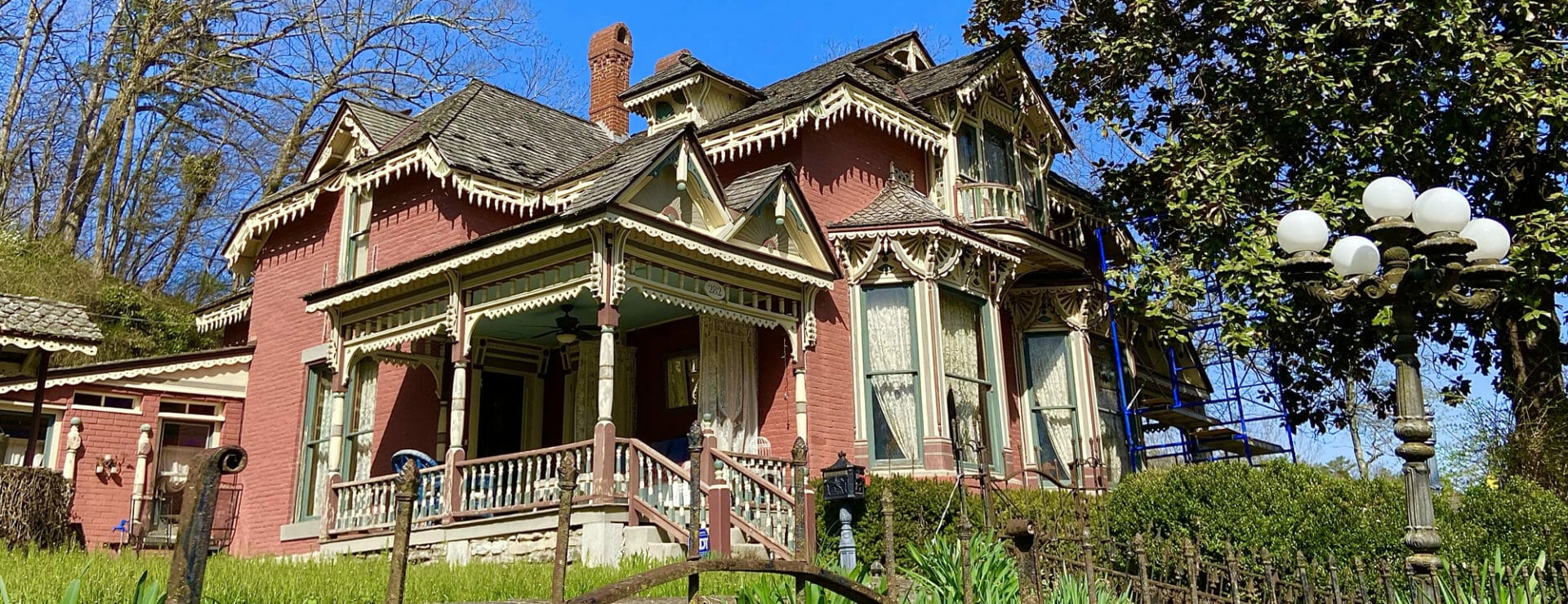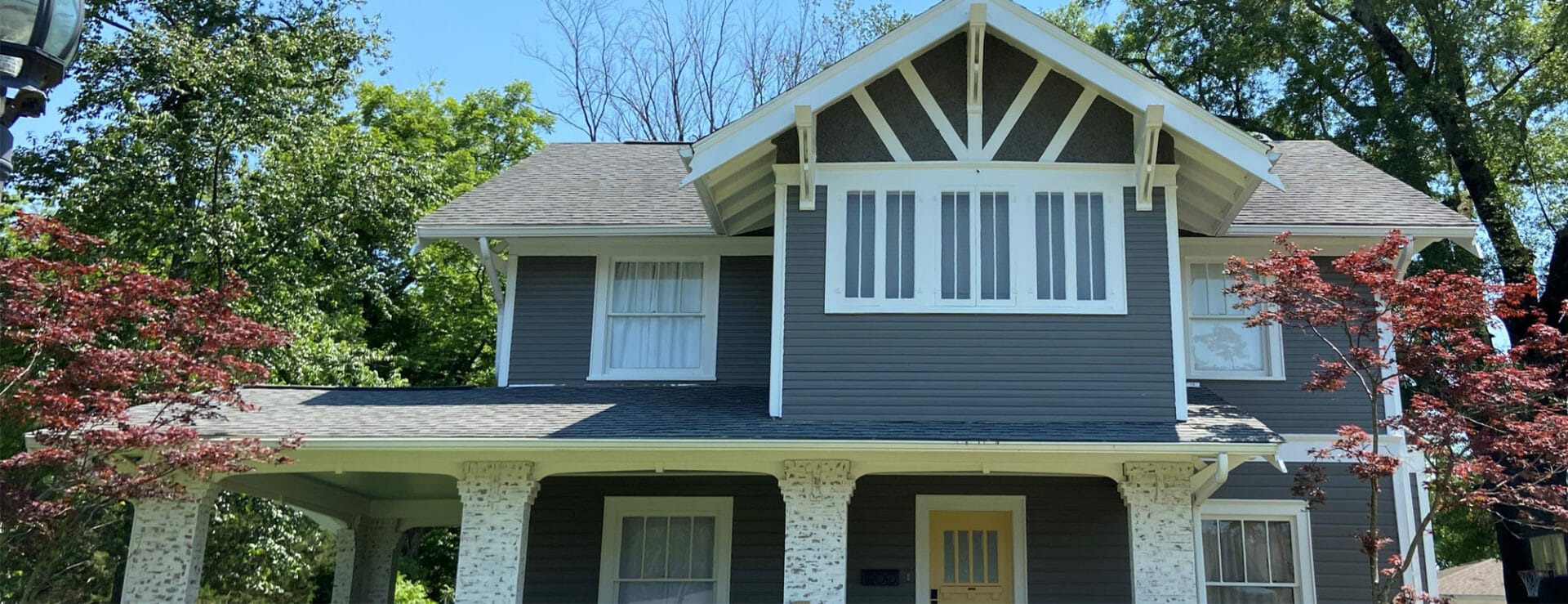

Uh oh...
It appears that you're using a severely outdated version of Safari on Windows. Many features won't work correctly, and functionality can't be guaranteed. Please try viewing this website in Edge, Mozilla, Chrome, or another modern browser. Sorry for any inconvenience this may have caused!
Read More about this safari issue.

Birdsong will always be synonymous with living in Arkansas. Whippoorwills sing in evening chorus. Mourning doves greet you as you drink coffee on the front porch. Bobwhites cheer you along as you hike a trail in the Ozark mountains. A crow soaring through the valley calls out into the winter air. Mockingbirds chirp late into the night as you drift off to sleep. It wasn’t until I lived in a large city for two years that I realized just how much I had taken for granted Arkansas’s prolific bird population. I’ve discovered that it is impossible to replace the sound of a songbird with ambulance sirens without a serious case of the “Arkansas Homesickness” commencing. It was during this city-living period that I missed the sounds and songs so near and dear to my heart and became interested in the native bird species of Arkansas.
The Natural State is home to around 350 species of birds, 145 nesting within the state year-round, and the rest passing through seasonally through migration or to nest during the winter. Even the world-famous John James Audubon traveled up the Arkansas River in 1822, exploring our state and researching native birds.
Among some of Arkansas’s most common birds are the American crow, ruby-throated hummingbird, yellow-billed cuckoo, broad-winged hawk, great horned owl, blue jay, American robin, eastern bluebird, sedge wren, northern mockingbird, various sparrows, and the wood thrush. Our waterways are home to beautiful birds such as the great blue heron, great egret, belted kingfisher, and the red-winged blackbird. Wintertime brings even greater variety to Arkansas’s bird population as birds seasonally migrate, seeking our warmer temperatures over the colder months. Geese, loons, seagulls, mallard ducks, and the short-eared owl are some of the Arkansas “winter dwellers” that concentrate in our lakes and swamps every year.
Arkansas’s list of rare, endangered, and extinct birds is a testament to the impact of hunting and man-made changes on the environment. For example, the ivory-billed woodpecker is a prime example of birdlife affected by deforestation, and the willow flycatcher (discovered by John James Audubon during his Arkansas exploration), is now an extremely rare bird in danger of extinction due to agricultural development. The bald eagle was once a “disappearing” bird (due to the pesticide DDT) but has since managed to recover and thrive in our state.
The Arkansas Audubon Association is one of the oldest conservation organizations in the country, and its mission is to help conserve natural ecosystems that directly affect our state’s bird population. They provide avenues of citizen involvement, education, and public outreach. Their website provides an extensive database of Arkansas birds, as well as an informative newsletter. Their latest newsletter details how to create a more bird-friendly yard, such as planting trumpet honeysuckle.
The Halberg Ecology Camp, hosted by the Audubon Society, strives to pass the love of birds and nature on to the next generation of Arkansans. It’s located at Camp Clearfork, and open to 50 5th and 6th-grade boys and girls each session. During these sessions, the campers will identify birds and other animals on their morning walks, enjoy hands-on classes, canoe and swim, and enjoy guest speakers who lecture on rehabilitating birds.
For the bird-watching enthusiasts in our state, the opportunities are vast. Holla Bend, Felsenthal, Buffalo National River, and the White River National Wildlife Refuge are all known for their excellent bird-watching opportunities. Lake Chicot and Lake Dardanelle State Parks are also hailed for their bird populations. Trial guides and bird lists can be requested at most park visitor centers, and for a more comprehensive guide click on this state park website. The Arkansas Department of Parks and Tourism, in cooperation with the Arkansas Game and Fish Commission, has a brochure entitled “Birding and Watchable Wildlife” that is available online here.
And for those native Arkansans who find themselves living in other places, and large cities where the sound of a horn honking is far more prevalent than songbirds, the Northwest Arkansas Audubon Society’s website provides a link to specific bird sounds here. And while that isn’t the same as going for a hike by a spring-fed creek and enjoying the sounds of birds overhead, you can still reminisce to the vocal stylings of a sparrow or a dove and feel a tiny bit less homesick.
We do the work.
You check your email.
Sign up for our weekly e-news.
Get stories sent straight to your inbox!















 Leave a Reply
Leave a Reply
[…] The roots of Audubon date back to 1886. George Bird Grinnell formed the national organization in memory of naturalist John James Audubon. Audubon famously documented birds across America and explored our state while traveling the Arkansas River in 1822. […]
[…] the migratory ducks common in the Natural State, Arkansas Wood Ducks are year-round Arkansans and spend winters near […]
[…] area is home to an ecosystem that naturally draws a variety of butterfly species, colorful birds and waterfowl to the lakes, ponds and wildflower fields. While the archery courses, educational […]
[…] but Arkansas Game and Fish has a nice selection featuring images of whitetail deer, foxes, fish, birds, and […]
[…] For more information on Arkansas Birds, click here. […]
A few years ago a friend & I were cleaning pastures & old grown up fence rows at an old farm I had just bought. It was high summer & it stayed light until almost 10 o’clock. We finally quit work & met at the barn & were preparing to come home, & my man friend casually ran his hand along the loader bucket of the tractor, to clean trash out of the bucket. He held his hand up & said “well, would you look at this!” It was a baby bird, totally naked. In the little daylight left we drove around the pasture, looking for a damaged nest & listening for parent birds calling in distress. We finally had to leave & I brought the baby bird home with me. Our hunger ignored, I hard-boiled an egg, mashed the yolk & thinned it with warm water to a runny paste & fed my baby by letting it run off my fingers. I believed it would be dead by morning, too much trauma fir such a tiny creature. Still, I had to give it my best. I had a very small box – I wrapped the baby in a soft cloth & put him in the box – wrapped a tiny little nite light the same way – into the box with him, making sure the light wasn’t too close. The next morning I was greeted with tiny chirps. I came to love that little bird & I’m convinced he loved me! It was a learning experience for me, learning how to feed him & what to feed him. We finally were able to identify that he was a dove. In the mornings, when I came into the kitchen from the bedroom, I was greeted by a racous “Weet-weet, over & over – he was so happy to see me! I had him through the summer & would probably still have him, except that In September that year my daughter & I had planned to be gone 3 weeks on a trip to Norway. I didn’t know anyone that I would trust to keep him . I thought of turning him loose outside but he was so trusting, had no fear, I was so afraid he would fly to someone & try to light on their shoulder, person might misunderstand & do harm to him. I did, in fact, find a wild life rehabilitation who said she already had some doves – she took him. That was in 2003. I’ll never forget him. I hope he had a happy life.
[…] you know that there are over 350 species of birds native of Arkansas? Living with such a variety is a thrill for locals and tourists alike. You are […]
[…] to start. The place to start is in your own backyard. Head outside for 10 minutes and look for birds, butterflies and wildflowers. When you get a little more daring, you can explore the spiders and […]
[…] Native Birds of Arkansas 8 Winter Birds to Observe in Arkansas How To Rescue a Baby Bird Arkansas Ducks Eagle Cruise on Beaver Lake […]
[…] Native Birds of Arkansas Lead Poisoning in Arkansas Birds Arkansas State Symbols: Mockingbird Wild Turkey in Arkansas Raining Ducklings: Arkansas Wood Ducks 8 Winter Birds in Arkansas Birds in the Winter Garden […]
[…] has many native birds and many that pass through during migration. In this guide, we’ll explore tips and tricks for […]